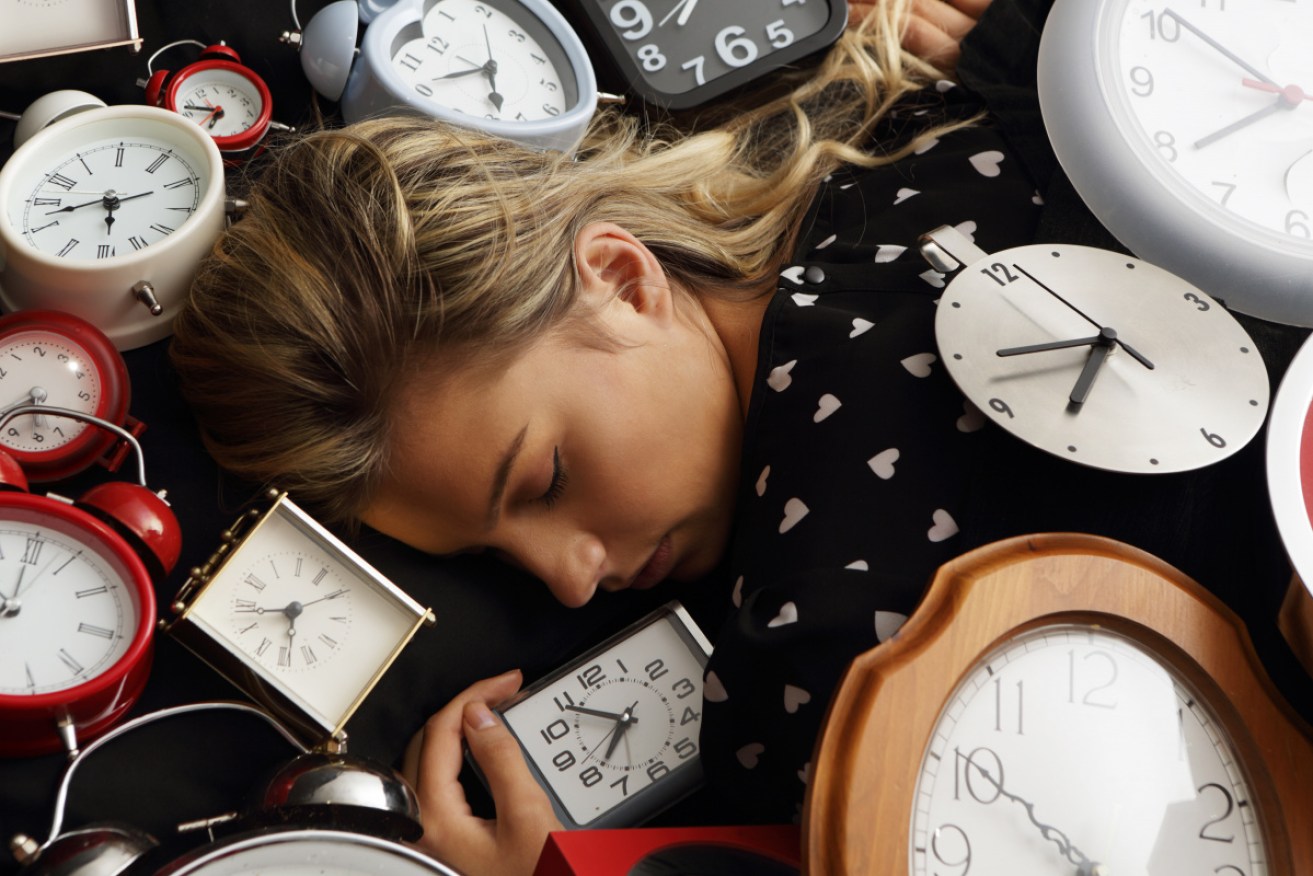Six tips to beat the end-of-Daylight Saving blues


The end of Daylight Saving could damage your health, but there are some tricks to beating the change. Photo: Getty
When the clock strikes 3am this Sunday, millions of Australians will have their devices automatically adjust an hour back to 2am.
But our internal body clocks require a bit more effort to adapt to the end of Daylight Saving Time (DST).
Changing the time on the clock essentially gives us jet lag; it alters our bodies’ production of melatonin and cortisol – the hormones which regulate when we feel like going to sleep, when we’re hungry, and our ability to fight off sickness.
Side-effects of adjusting to the end of DST can range from sleepiness and impaired thinking to depression and serious health events like heart attacks.
But there are some measures to make the transition a bit easier on your mind and body.
Be aware
While many of the following tips will be useful throughout the year to get the best sleep, you should always keep in mind when DST starts and ends, and whether it will affect you.
Currently, DST is observed in New South Wales, Victoria, South Australia, Tasmania, the Australian Capital Territory and Norfolk Island.
It is not observed in Queensland, the Northern Territory, Western Australia, Christmas Island or the Cocos (Keeling) Islands.
DST begins at 2am on the first Sunday in October, when clocks are put forward one hour, and ends at 2am (which is 3am DST) on the first Sunday in April, when clocks are put back one hour.
Practice makes perfect
It might be a bit late with the DST switch so soon, but keep in mind for next time that you should try and gradually adjust your sleep schedule in the week leading up to the big day.
Try going to bed about 15 to 20 minutes earlier each day, until you reach the hour earlier you’ll soon be forced to adjust to.
This will also help adjust the timing of the rest of your day and habits, so the end of DST won’t come as such a shock to the system.
Let there be light
Light can be the biggest signal to your body that it’s time to wake up, so try and ensure your bedroom is bright as possible when you wake up in the morning by leaving the curtains open.
If you don’t get a lot of sunlight, turning on your bedside lamp or room light should also help do the trick.
Stick to a schedule
Humans are creatures of habit, and our bodies often don’t perform the best when key habits are disrupted – such as sleep schedules.
Once DST ends, try and go to bed at the same time every night, and wake up about the same time every morning.
Also try and avoid napping to encourage your body to sleep more at night.
You might not feel as tired as usual when going to bed, or you may feel more sluggish when waking up, but if you stick to a set pattern it will help your body to more quickly adjust.
Keep up good bedtime practices
If you want to fall asleep more quickly the general consensus is to avoid blue light from your personal devices, and stimulants like coffee, tea and alcohol in the hours leading up to your bedtime.
Try and keep your evening activities relaxing, like meditating or reading.
Stay active
Exercise early in the day, preferably outside, to help get your energy levels up in the morning.
Try and avoid scheduling your exercise in the hours before going to bed, so your body will have had time to relax and get ready for rest.








